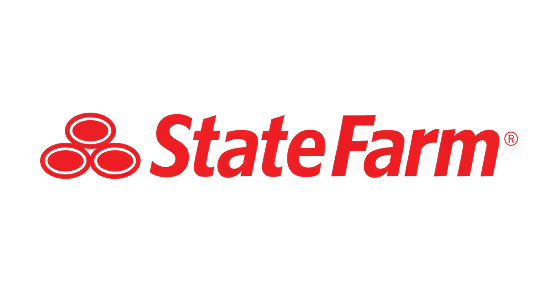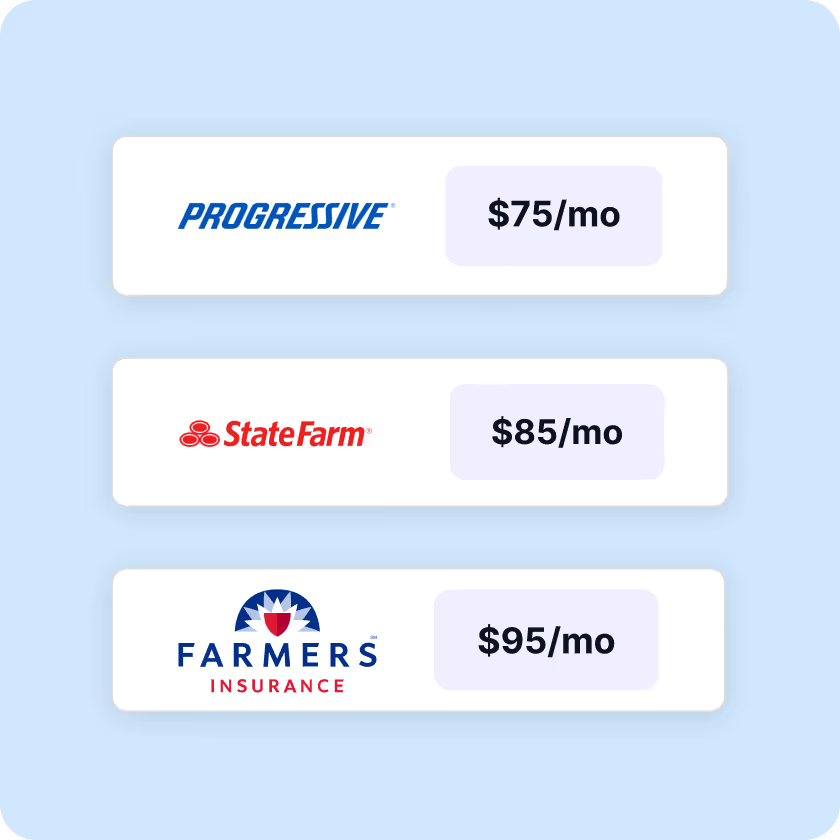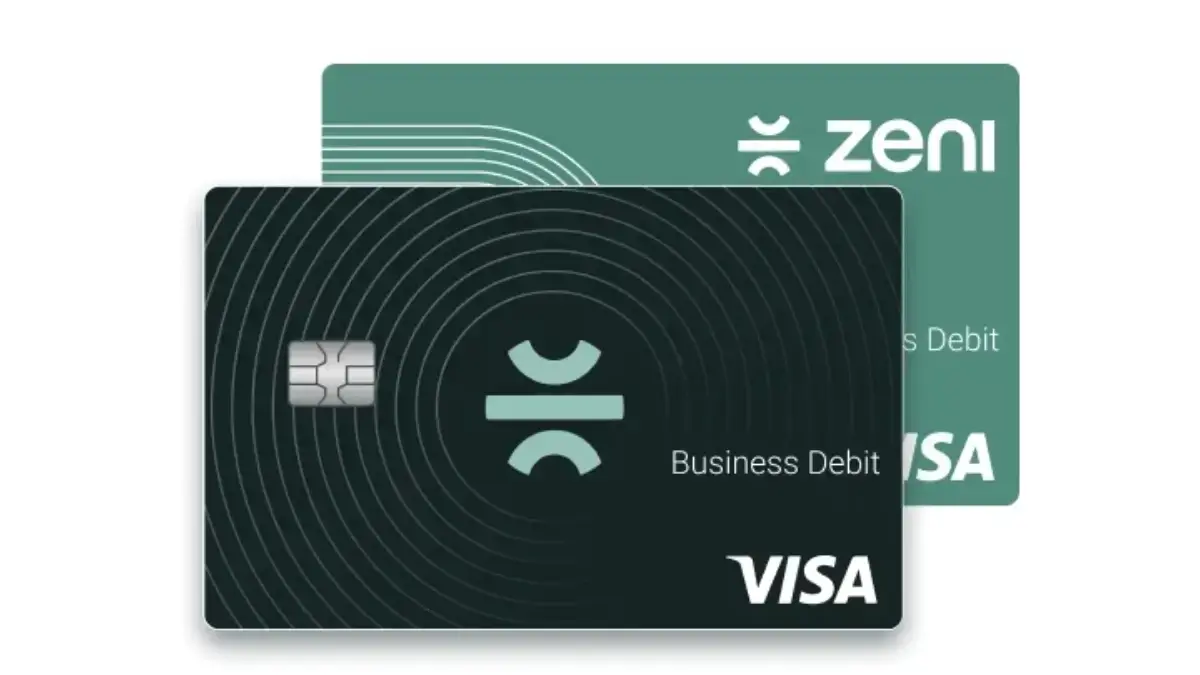
Kudos has partnered with CardRatings and Red Ventures for our coverage of credit card products. Kudos, CardRatings, and Red Ventures may receive a commission from card issuers. Kudos may receive commission from card issuers. Some of the card offers that appear on Kudos are from advertisers and may impact how and where card products appear on the site. Kudos tries to include as many card companies and offers as we are aware of, including offers from issuers that don't pay us, but we may not cover all card companies or all available card offers. You don't have to use our links, but we're grateful when you do!
Best Ways to Redeem Credit Card Rewards Points (2025 Guide)
July 1, 2025


Earning credit card rewards is only half the fun – redeeming them is where you get to enjoy the fruits of your spending. But not all redemptions are equal. In 2025, you have a buffet of options: travel, cash back, gift cards, merchandise, and more. How do you choose the best way to redeem your points? The answer depends on your goals (cash in hand vs. free travel) and which programs you have points with. This guide will break down the most valuable redemption strategies so you can get maximum bang for your buck (or rather, bang for your points).
We’ll also cover some pitfalls to avoid, like low-value redemptions that might sound convenient but waste your hard-earned rewards. By the end, you’ll know exactly how to turn those points into something truly worthwhile — whether it's a dream vacation or a nice statement credit. And as always, our friendly tool Kudos can help track your rewards across cards so you know what you have available to use.
Transfer Points to Travel Partners for Outsized Value
One of the best ways to get high value from flexible credit card points (like Chase Ultimate Rewards, Amex Membership Rewards, Citi ThankYou points, etc.) is to transfer them to airline or hotel partners. This strategy can sometimes give you much more than the standard value of 1 cent per point. For example, if you transfer 50,000 points to an airline and book a business class ticket that would have cost $1,000, you’re getting 2 cents per point value – effectively doubling the value.
In 2025, most major credit card programs have kept their valuable transfer partners. Some popular ones: transferring Chase points to United or Hyatt, Amex points to Delta or Marriott, Citi points to Singapore Airlines, etc. It requires a bit of research to find good award deals, but the payoff can be huge for travel lovers.
Use tools like Point/Mile calculators or blogs that highlight “sweet spot” redemptions. This approach is typically best for flights (especially premium cabins) and hotels, where cash prices are high but award charts or dynamic pricing can offer bargains.
Use Points for Travel Through Card Portals (If Getting a Bonus)
If transferring points seems too complicated, the next best thing is often to use your points through your credit card’s travel booking portal. Some cards give you a redemption bonus when booking travel this way. These portals work much like Expedia or Kayak – you can book flights, hotels, rental cars using your points. It’s straightforward and you often still earn loyalty points on flights/hotels because it’s considered a cash booking. Just compare the portal price vs. transferring; sometimes transferring to the airline might cost fewer points for the same flight, other times the portal is a better deal.
Cash Back and Statement Credits – Simple and Sure
Not everyone wants travel; some prefer cash back. The simplest redemption for many cards is to turn points into a statement credit or direct deposit into your bank. The good news: cash back is flexible and safe – you know exactly what you’re getting. The trade-off is usually value; most cards give a flat 1 cent per point for cash back (e.g., 10,000 points = $100). There are exceptions (like certain cards might offer 1.25 cents if used to wipe travel charges, etc.), but generally it’s 1:1.
Even with travel-focused cards, if you’re not interested in travel or fussing with transfers, redeeming for cash is perfectly fine. After all, $500 in cash might be more useful to you than a complicated airline redemption. Just avoid any options where the value drops below 1¢ per point (some programs have poorer rates for cash – if that’s the case, consider other options below).
Gift Cards and Merchandise – Convenience at Lower Value
Many reward programs allow you to redeem points for gift cards to popular retailers or for merchandise (like electronics, appliances, etc.). In 2025, these options are usually easy to use – just pick a gift card and apply points to get it. However, the value per point can vary. Gift cards often are priced at the equivalent of 1 cent per point (e.g., 10,000 points for a $100 gift card), which is decent, and occasionally they go on sale (e.g., a $100 gift card for 9,000 points, effectively ~1.11¢ per point).
Merchandise redemptions, on the other hand, tend to give poor value – often less than 1¢/point, because banks mark up the items. Unless there’s a unique sale, you’re usually better off avoiding merchandise redemptions. If you really want a new gadget, it’s often better to take cash back and buy it rather than using points directly. Gift cards can be a nice way to treat yourself or others if you see a good deal or if you just want simplicity without dealing with travel bookings.
Pay with Points at Checkout – Only If Equal to Cash Value
Some cards let you use points during checkout at Amazon, PayPal, or other retailers. While convenient, these usually yield a poor value (often around 0.7 cents per point, depending on the card and partnership). For example, using Amex points on Amazon gives only 0.7¢ value – 10,000 points would only cover $70 of your Amazon cart, which isn’t great. Avoid using points this way unless there’s a special promotion boosting the value to at least 1¢ per point or more.
The one exception: if your points are about to expire or you have a small leftover balance that you can’t use elsewhere, then using them for a small purchase could make sense. But generally, treat these options as a last resort.
Combine and Conquer (Pooling Points for Better Redemptions)
Some credit card programs allow you to combine points across cards or even across family members. This can unlock better redemptions. For instance, you might pool points from a no-annual-fee cash back card with those from a premium travel card, converting them into more valuable travel points.
Similarly, household pooling (like between spouses) is allowed by some airline programs after you transfer points to them. By consolidating points, you might reach a high-value redemption threshold (like an expensive award flight) that neither account could have achieved alone.
Plan for Big Redemptions (Trips, Big Purchases)
However you choose to redeem, plan it out to ensure you have enough points and that you’re using them at a good time. If you’re saving for a specific goal (say, a 2025 holiday trip to Europe in business class), figure out approximately how many points you need and which program will get you there.
Then you can adjust your earning strategy to focus on those points. On the flip side, if you have a ton of points banked, be aware of any upcoming point devaluations or expirations. It’s generally better to redeem when you have a great opportunity rather than holding indefinitely. Many programs devalue points over time (making flights more expensive, etc.), so use them while you can get what you want.
How Kudos Helps Track and Optimize Your Rewards
With potentially multiple cards and loyalty programs, keeping track of all your points balances and how to use them can get confusing. Kudos simplifies this by aggregating all your rewards in one dashboard. It shows you exactly how many points or miles you have across different cards and programs. Plus, Kudos offers insights into redemption options – for example, it might alert you, “You have enough Chase points for a $500 travel booking or a $400 cash back – consider booking travel for more value.”
By having this bird’s-eye view, you won’t forget about points lurking in an old card account, and you can make informed decisions. Kudos doesn’t tell you how to redeem (you still have to decide based on your needs), but it makes sure you know your options and any deadlines (like if points are expiring). As a free tool, it’s like having a personal rewards advisor that ensures you get the most out of the points you worked hard to earn.
The Bottom Line
Redeeming credit card points in 2025 is all about maximizing value in a way that aligns with your personal goals. For travelers, transferring points to airlines or hotels often yields the best value and unforgettable experiences. For those who prefer simplicity or cash, taking statement credits or well-valued gift cards can be the way to go. The key is to avoid the traps of low-value redemptions (like trading points for trivial merchandise or sub-par point-to-dollar conversions).
Treat your points like a currency – because they are! Evaluate your options and choose the one that gives you the highest return. And remember, the value of a redemption can also be personal: if using points for an iPad (even at mediocre value) makes you happier than a complicated flight booking, that’s okay too. The best use of points is the one that brings you the most value and joy. Happy redeeming!
Best Ways to Redeem Credit Card Rewards FAQs (2025)
What is a good value per point when redeeming for travel?
A commonly cited benchmark is 1 cent per point as a baseline. Anything above that is generally considered good. For example, if 50,000 points can get you a flight worth $600, that’s 1.2 cents per point – a good deal. With strategic transfers, you might get 2 cents or more per point (excellent value). The exact value varies by program and redemption. Some people set personal goals, like not redeeming Chase points for less than 1.5¢ value. Ultimately, if you’re beating the baseline of 1¢ (which is what you’d get with simple cash back), you’re doing well.
Is it better to use points for flights or hotels?
It depends on where you get the most value and need. Flights, especially in premium cabins (business/first class), often provide great value for points because those tickets are expensive in cash. Hotels can also offer superb value, particularly luxury hotels where the nightly rate is high but the points cost might be reasonable. If you have a flexible points currency (like Amex or Chase), you can compare specific options: e.g., 60k points for a $600 flight vs 60k points for a hotel stay that would cost $800. In that case, the hotel gives more value. Also consider your travel style – if you hardly fly but take road trips, using points for hotels might benefit you more. Some people even use points for rental cars via travel portals. So “better” is subjective; calculate the cents per point for each option and go with what’s higher (and aligns with what you want).
Do credit card points ever expire?
Credit card points in bank programs (Chase UR, Amex MR, etc.) typically do not expire as long as your account remains open. However, if you close the account or a card, you could forfeit unredeemed points, so use or transfer them before closing. When you transfer points to airline or hotel programs, they then follow that program’s expiration rules (which often means they could expire after a period of inactivity, like 18-24 months). Always check the terms. Hotel and airline programs often let activity like earning or redeeming reset the clock. Tools like Kudos can remind you if a certain stash of miles is approaching expiration so you can act (like doing a quick redemption or earning some points) to keep them alive.
What’s the worst way to redeem points (so I can avoid it)?
Generally, the worst value redemptions are: merchandise (using points to buy products through the issuer’s catalog), using points at checkout on Amazon/Best Buy (unless at full value, which they rarely are), and sometimes converting points to gift cards or cash at a poor rate (some programs penalize you by giving less than 1¢ value). Another poor use is letting points sit idle until they devalue or expire – that’s effectively losing value. So, avoid anything where you’re getting significantly under 1 cent per point unless you have no other choice. One specific example: using Capital One miles for gift cards at 0.8¢ per point – not great since those miles can be 1¢ on travel or more via transfer. Always aim for 1¢ or above.
Can I combine points from different credit card issuers?
Not directly. You typically cannot merge points between different banks’ reward programs (for instance, you can’t combine Chase Ultimate Rewards with Amex Membership Rewards – they’re separate currencies). The exception is if you transfer them to the same airline/hotel program. For example, both Chase and Amex let you transfer to Marriott; you could send points from each to your Marriott account and combine there. But that’s more of a conversion than combining the original points. Within the same issuer, as mentioned, you often can pool (like all your Chase cards’ points can live in one place). Also, some airline programs allow household pooling (British Airways Avios allow family combine). But across issuers, you’ll have to redeem them separately. A strategy some use is to book different parts of a trip with different points – e.g., flights with one currency, hotels with another.

Supercharge Your Credit Cards
Experience smarter spending with Kudos and unlock more from your credit cards. Earn $20.00 when you sign up for Kudos with "GET20" and make an eligible Kudos Boost purchase.
Editorial Disclosure: Opinions expressed here are those of Kudos alone, not those of any bank, credit card issuer, hotel, airline, or other entity. This content has not been reviewed, approved or otherwise endorsed by any of the entities included within the post.





























.webp)
.webp)
.webp)
%20(1).webp)
.webp)
.webp)


.webp)